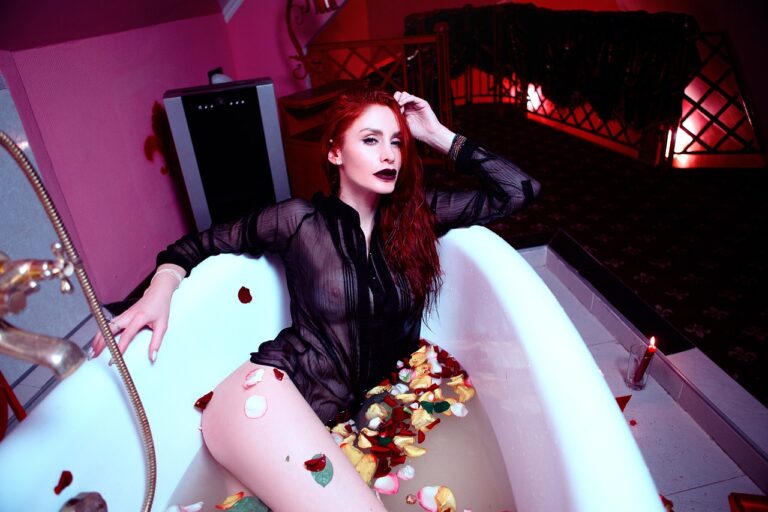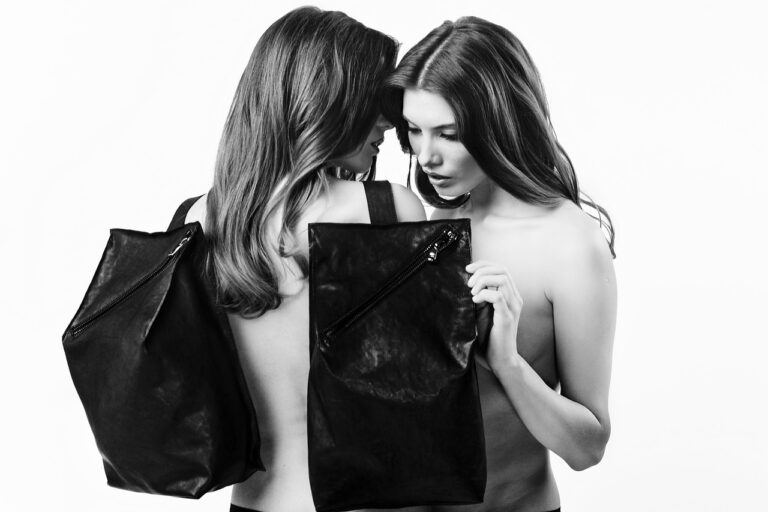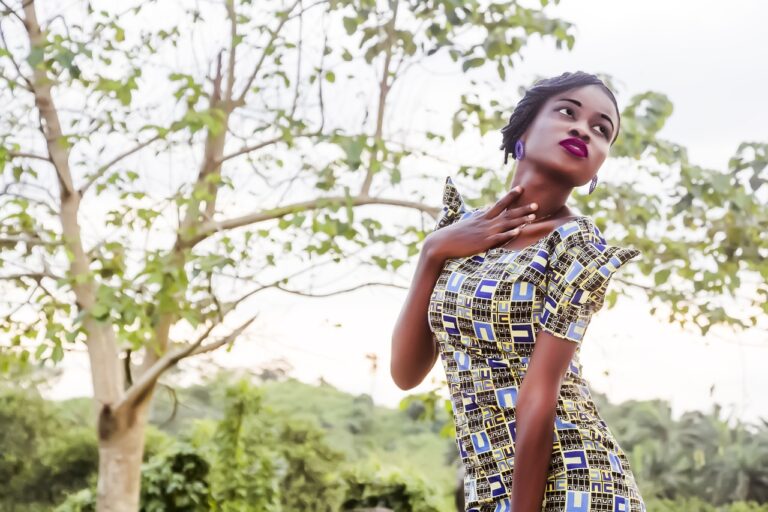Fashion and Music: Exploring the Symbiotic Relationship Between Style and Sound
Music has always played a pivotal role in shaping fashion trends, with artists often becoming style icons for their fans. The way musicians present themselves on stage and in music videos can have a significant impact on what becomes popular in the fashion world. From Madonna’s bold and edgy looks in the 1980s to Beyoncé’s glamorous and sophisticated attire in recent years, music has continuously influenced the way people dress and express themselves.
Fashion designers and brands frequently draw inspiration from music, creating collections that reflect the styles and aesthetics of different musical genres. The rebellious punk rock movement of the 1970s, for instance, gave rise to ripped t-shirts, leather jackets, and combat boots becoming mainstream fashion staples. Similarly, the emergence of hip-hop music in the 1980s led to the popularization of baggy jeans, oversized hoodies, and branded sportswear as fashionable streetwear choices. Music has undoubtedly been a driving force in dictating trends and pushing boundaries within the fashion industry.
The Evolution of Style Icons in Music History
In the realm of music history, style icons have played a pivotal role in shaping fashion trends. From Elvis Presley’s rebellious leather jackets to Madonna’s iconic cone bras, musicians have long been trendsetters in the world of fashion. These style icons have not only influenced the way people dress, but they have also challenged societal norms and pushed boundaries with their sartorial choices.
Throughout the decades, musicians like David Bowie, Prince, and Beyoncé have captivated audiences with their bold and innovative fashion sense. Bowie’s gender-bending outfits and Prince’s flamboyant ensembles have inspired countless individuals to express themselves through their clothing. Beyoncé, with her glamorous and fierce style, has become a modern-day fashion icon, setting new standards for elegance and confidence in the industry.
• David Bowie, known for his gender-bending outfits, inspired individuals to express themselves through clothing
• Prince’s flamboyant ensembles pushed boundaries and challenged societal norms in fashion
• Beyoncé’s glamorous and fierce style has set new standards for elegance and confidence in the industry
How Music Genres Have Shaped Fashion Trends
Music genres have long been a powerful force in shaping fashion trends. From the rebellious punk rock style of the 1970s to the colorful and extravagant looks of the EDM scene today, music has always influenced the way we dress. The edgy leather jackets and ripped jeans synonymous with rock and roll are a clear example of how music genres can inspire fashion choices.
Similarly, the sleek and tailored outfits associated with jazz and blues musicians have made their mark on classic fashion aesthetics. Even hip hop’s streetwear influence on oversized clothing and branded sportswear cannot be denied. The connection between music genres and fashion trends is a dynamic cycle, with each influencing and evolving alongside the other.
How has music influenced fashion trends?
Music has played a significant role in shaping fashion trends by inspiring artists to create unique and iconic looks that their fans emulate. Different music genres have their own distinct style, which has a direct impact on the fashion industry.
Who are some style icons in music history?
Some iconic figures in music history who have greatly influenced fashion trends include David Bowie, Madonna, Prince, and Kurt Cobain. These artists not only excelled in their musical talents but also had a strong sense of style that resonated with their audience.
How have music genres shaped fashion trends?
Different music genres such as rock, hip-hop, punk, and pop have each had a unique influence on fashion trends. For example, rock music is often associated with leather jackets and band t-shirts, while hip-hop has popularized baggy clothes and bling accessories. Each genre brings its own fashion aesthetic to the table, which resonates with fans and influences trends in the fashion industry.





